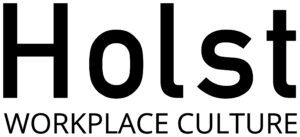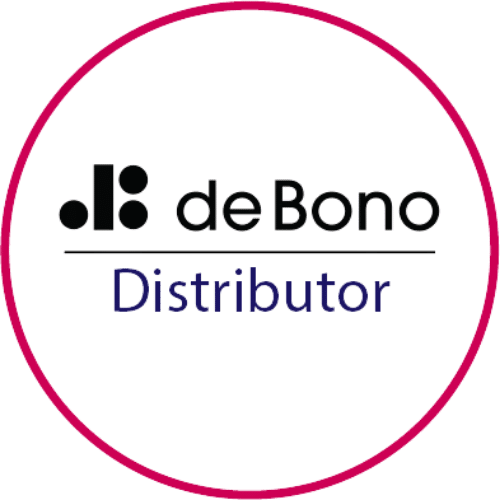The long-term retention of your new hires hinges on the quality of your onboarding process.

As 83% of CHROs cite talent retention as a significant problem, it’s more important than ever to make sure that once you’ve hooked your new hire, you take action to keep them for the long-term. Research from November 2022, showed that 46% of a nationally representative sample claimed that they want to leave their jobs in the next six months. Even if only half of this number follow through with their intention, it could be catastrophic for any organisation in terms of cost and disruption.
And what is it that these people want? Well, it’s all about workplace culture. They want:
- to be valued
- to be listened to
- to experience purpose in their work.
Onboarding is about so much more than a tour of the office, meeting co-workers and setting up the tech. It’s the time during which you need to make sure your organisation is impossible to leave.
"Companies with a strong onboarding process improve new hire retention by 82%."
Glassdoor, 2015
Begin onboarding at the point of offer
Your new hire begins their journey with you from the very first contact. But it’s at the point of offer where you can make or break the long-term outcome of your decision to hire an individual.
We hope that you have benchmarked the job role and recruited to that benchmark. If so, you will have a sound understanding of what makes your new hire tick. If there is any negotiation in the hiring process, use these insights to communicate in a way which achieves the best outcome for both sides, rather than begin this new workplace relationship on the wrong, slightly irritated, foot.
Create a bespoke onboarding plan to fill skills gaps
Try as you might, it’s unlikely you have 100% perfect fit to the benchmark. However, by recruiting to a benchmark, you will know where the gaps lie. These insights give a terrific opportunity to put a coaching and/or training plan in place which addresses those gaps, before they inhibit performance or create negativity. Without these insights, you can only fall back on gut feel or ignore the deficiencies altogether. Neither is likely to result in a satisfactory outcome.
And there is another more emotional reason to implement a bespoke onboarding plan. In doing so, you show through actions, not just words, that your new hire matters. That they will be treated as the individual that they are. Not just another newbie on the treadmill. You show that by listening and investing in their onboarding process that your organisation is committed to their future with you. This sows the seeds for two-way trust to grow.
These early days are the launchpad for long-term loyalty. It’s very hard to bounce back from a poor start. Front load your efforts, so your new hire is in a good place when the going gets tough later on.
“A well-functioning talent system maps the pivotal roles and skills required for the capability [competitive advantage]; honestly assesses the existing strengths and gaps; efficiently balances new hiring … and reskilling of current employees; delivers training throughout people’s careers to enhance existing skills and build new ones; designs and manages career paths to retain high performers; and maintains strong incentive and performance management systems.”
McKinsey & Co, March 21, 2023.
Regularly review onboarding progress and adjust based on feedback
Your onboarding plan is just that – a plan. It should not be set in stone, to be slavishly followed to the letter. Instead build in opportunities to regularly review progress and be prepared to flex where appropriate.
The onboarding period is a particularly vulnerable time for new hires and also the teams they join. Previously settled team dynamics can be thrown out of kilter by a new arrival. It’s important to monitor changes in team effectiveness and build awareness to strengthen relationships and maintain productivity.
How you listen to your new hire and existing team members during onboarding will have an impact on retaining them. A recent survey revealed that around 30% of new hires leave within the first six months. The reasons cited were that they:
- did not receive clear guidance on their responsibilities
- had insufficient effective training
- said a friendly smile or helpful co-worker would have made all the difference
- were not adequately recognised for their contribution
- needed more support from managers and co-workers.
This is a shocking statistic and unsustainable cost to any organisation. Such levels of attrition are however, avoidable with investment in developing positive workplace culture.
Onboarding and beyond
Assessing against a benchmark may not result in a 100% perfect fit. However, it does enable you to put in place a development plan from the very beginning.
Perhaps your new hire has less self-confidence in some situations than the role ideally requires. As self-confidence is a skill that can be improved, you could include training or coaching to help your naturally imperfect hire develop in this area. While this could be a relatively low level intervention, the result may well be very significant. Confident (not arrogant) people tend to make robust decisions, enjoy the goodwill of their co-workers and make a positive contribution to workplace culture. All of which, of course, are major factors in keeping hold of your valuable talent throughout your organisation.
Create positive workplace culture to improve talent retention
"A positive workplace culture improves teamwork, raises morale, increases productivity and efficiency, and enhances retention of the workforce."
Dr. Pragya Agarwal, Forbes 2018
Recruitment is more successful when it is done with a retention focused approach. The goal should not be to shoehorn an individual into your organisation. The goal should always be to retain them and grow their ability to contribute value for years to come.
We help organisations of every size and sector, from the start-up to the well-established, to create and optimise their talent retention strategies through positive workplace culture. Talk to our team of expert consultants and coaches to learn how we can do this for you.





